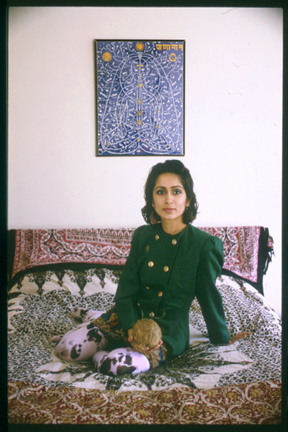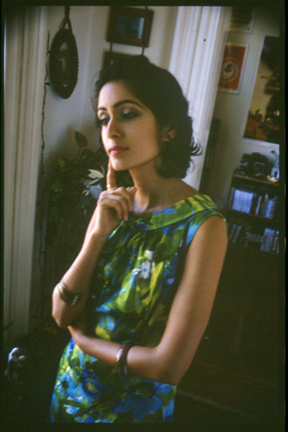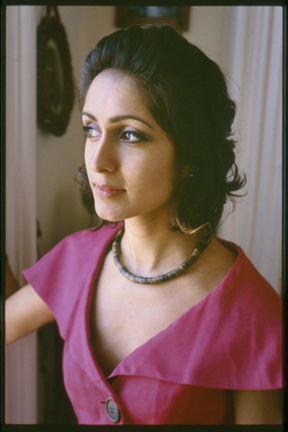SUBJECT The Tasting Room's Colin Alevras

What to eat has suddenly become as important a question as where to eat. Until recently, all we needed to know to eat healthy was that fast food is bad, cooking at home is best, and a night out at a well-regarded restaurant meant a quality gastronomic experience. No longer. With all the investigative reports coming out about our food industry, even savvy eaters find themselves faced with a major dilemma when it comes to eating a decent meal. While shoppers wander around the grocery story perplexed with questions of quality and origin, those who don't cook have an even more complicated mystery to solve - detailed information about ingredients isn't generally disclosed on restaurant menus, and when you ask a waiter he often has no idea where the ingredients have come from.
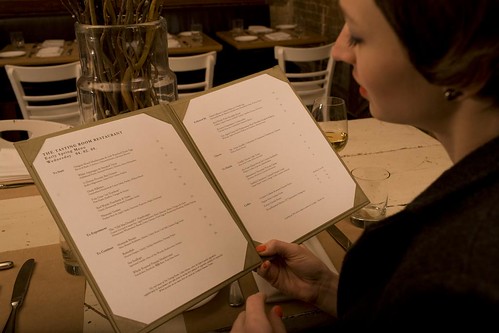
While localvores believe they have come up with the best solution, time and convenience remains a major issue for those who can't realistically pass the "localvore challenge" on a daily basis. This is why I began searching for restaurants in New York City that claimed to be local-organic. As of late April, not many can present a menu that comes anywhere near a localvore's standards. I feel lucky if I can find a lonely grass-fed burger on a menu. That's partly why The Tasting Room has become my new standard for dining out. Welcome to Haute Barnyard Cuisine.
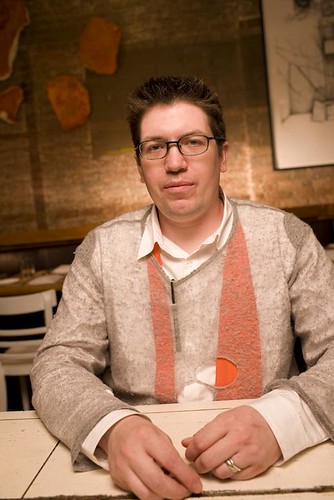
The Tasting Room's co-owner and chef, Colin Alevras, presents an amazingly complete, wonderfully imaginative dining experience. He and his wife, Renée, opened their first Tasting Room Bar & Cafe November 29, 1999, with a menu of fine wines paired with smaller dishes. Expanded in 2006 to a second establishment, Renee now runs the dining room and business end of their restaurants, while Colin is left to experiment with every culinary oddity he can get his hands on. His curiosity is his guiding principle; his menu changes nightly to reflect his finds. Colin loves the process of hand picking the best ingredients in New York City's farmer's markets and goes out weekly to get most of his produce from local, organic farmers. He's fascinated by the rarest flavors that genetic diversity can provide and prides himself on working with farmers who still use the older, heirloom lines of plant seeds and livestock. The venison he uses, for example, is an old species of the Royal Scottish Red Stag which one of Colin's New York farmers imported to raise as an exotic. Now, this line of deer is threatened in its native Scotland due to accidental hybridization, making purebreds of this variety hard to find.
Colin gets his seafood from a local Japanese fisherman who often offers him local fish he's never seen sold at market, mostly due to lack of mass popularity (this has the additional benefit of encouraging biodiversity by avoiding the over-fished popular varieties). But this particular fisherman can only offer the names of the fish to Colin in Japanese, which poses some difficulties when trying to prepare a menu. He'll usually jump on the Internet and figure out what it is, what it tastes like, and a way to serve it. More than fish, his Japanese vendor brings him unusual herbs and vegetables from Japan that add new flavors to his menu. Colin has no problem with using items from other places around the world as long as they're not grown here. "People used to trade goods they could not get locally," Colin shrugs.

Colin and Renee's exquisite taste extend beyond his cooking. When sitting at the bar, I noticed that the coaster my drink sat on, which appeared to be made out of recycled brown paper, oddly began collecting a smudging of wine-colored glass rings. But I wasn't drinking red wine - I was sampling Tasting Room's pale homemade cola-soda, (a recipe that tastes better than Coca-Cola, to this palette anyway). The rings are, in fact, engineered - Colin and a friend designed the coasters to imitate red wine stains as they become wet. The Tasting Room logo, too, is a pattern of red wine stains, something they came up with after a night of wonderful food, red wine, and good friends. The paper on the table at which they'd been sitting was marked all over with red wine glass rings, which in Colin's mind was a sign that the meal had been thoroughly enjoyed.
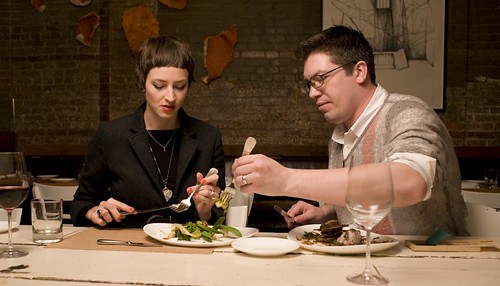
Above the bar hangs what I like to think of as the restaurant's mascot - a life-sized coelacanth fish cast in amber created by Rachel Burwick. And that is not the only notable artwork on the walls. The collection is curated by artist, Michael Joo, and includes works by notable artists such as Damien Hirst. The collection comes off as playful and fun, some pieces bordering on childlike (the Hirst looks as if it were made on a children's Twirl O Paint machine). And especially in this setting, with the raw wood floors and brick walls, the large, heavy silverware, the country-style chairs, and the tables covered in craft paper, the artwork takes on a natural and comforting feeling. Colin pays for his art collection in food, giving the artists a restaurant tab equal the value of their work.
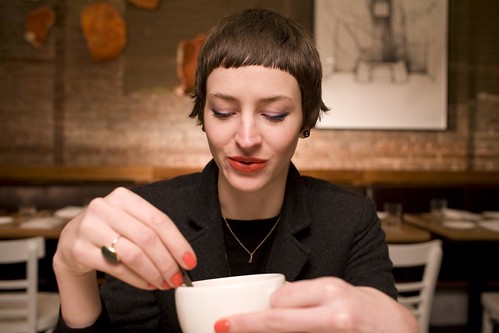
One need not consume much of this kind of food to feel fully satisfied. At the end of a meal at The Tasting Room I experienced a euphoric high. This is something I've noticed fresh, nutrient-rich food does to me. The highly researched, labor-intensive dishes do not come cheaply, however. I can only afford to get the full three course meal experience on rare, celebratory occasions. But the prices can only be considered fairly when you consider what you're eating: there's rich gustatory history in every bite; the highest quality hand-selected ingredients; a lifetime of vino-cultural experimentation in every glass of wine; museum-worthy art to rest your eyes on; and so many other well thought-out details to absorb and contemplate. When the bill comes I can only think of the amazing value that I've received. When I'm really craving the quality of The Tasting Room (and I do so pretty often) without a huge dent in my wallet, I will go in and treat myself to their Old MacDonald Burger. At $23 it's something of a bargain. And while I'm at it, I'll have one of their home made sodas. If nothing else, I suggest just coming in one day to try the coffee, which I promise you will be an exceptional experience in itself.

